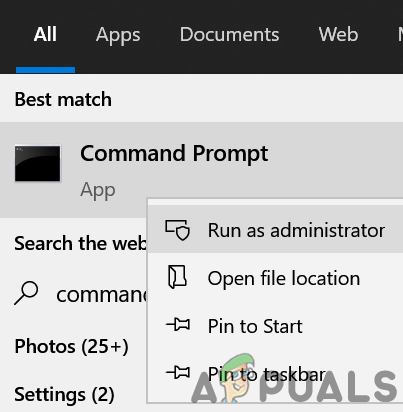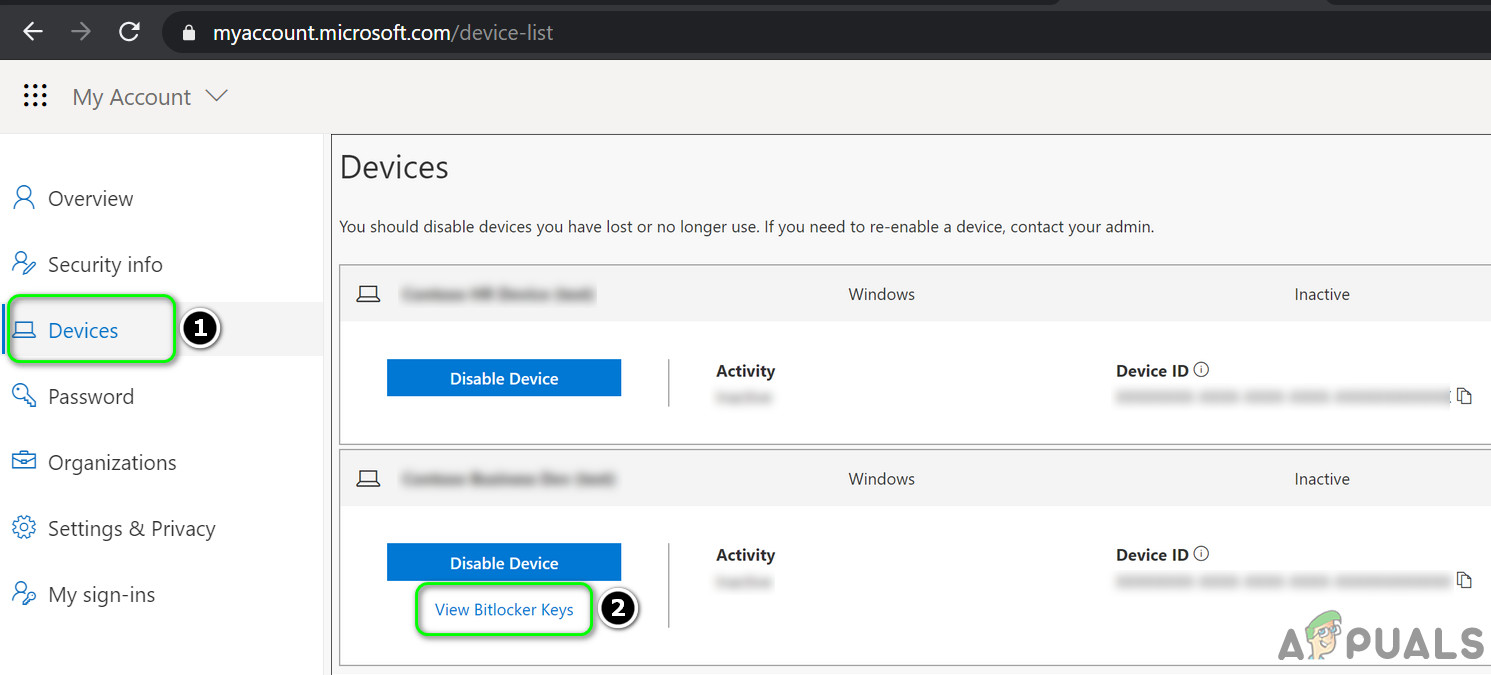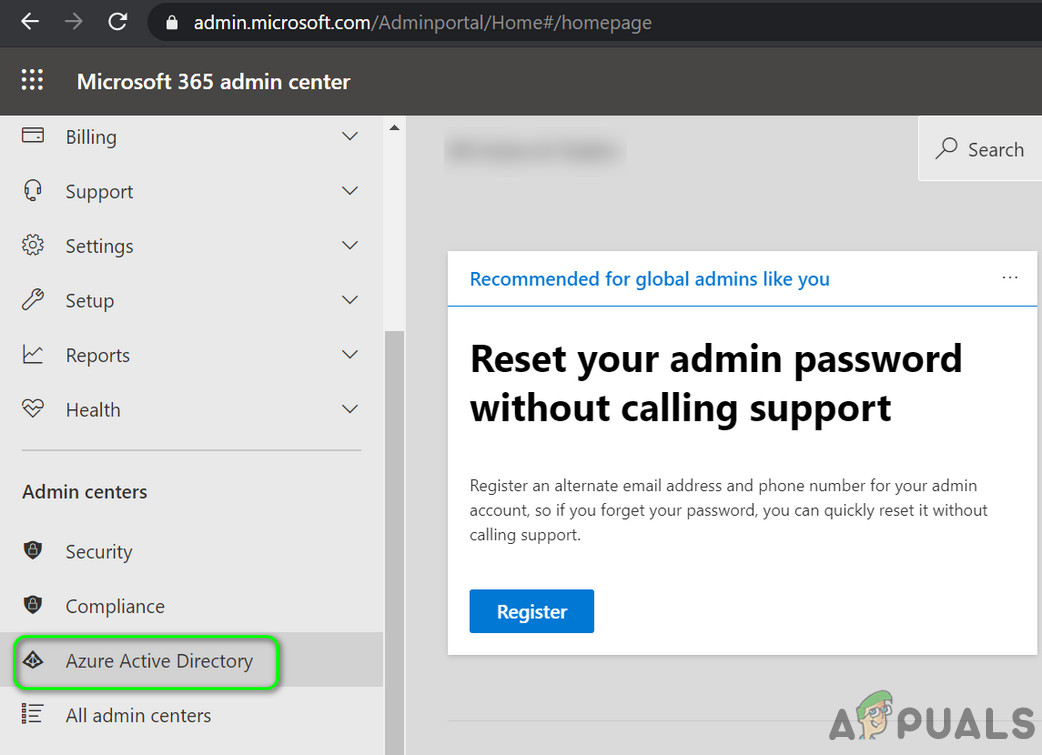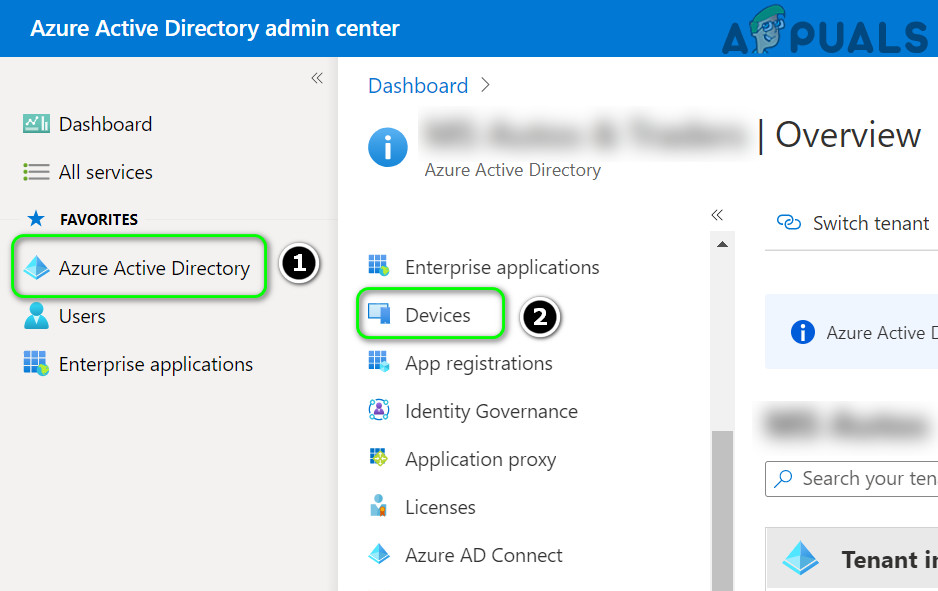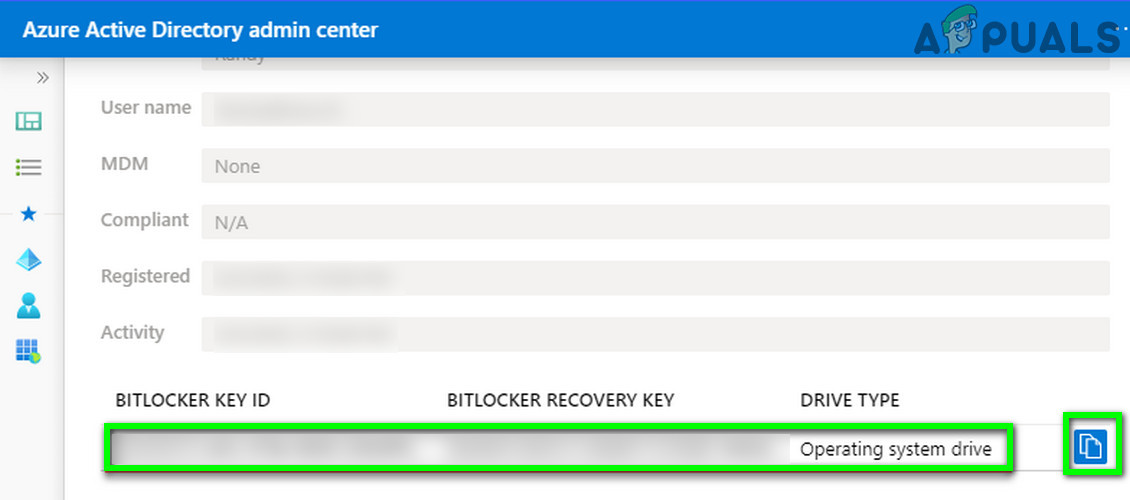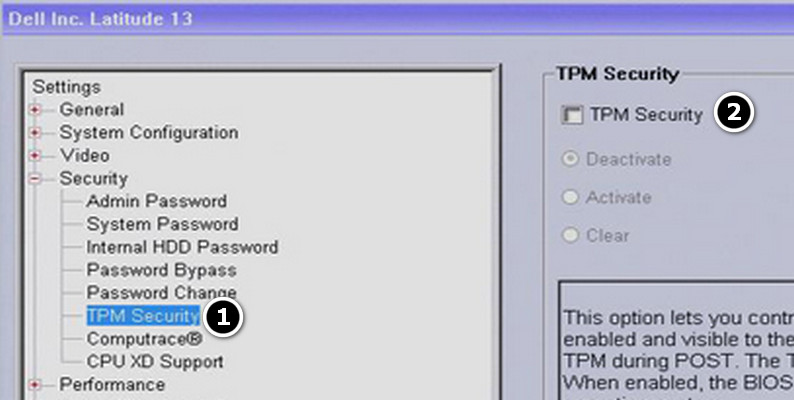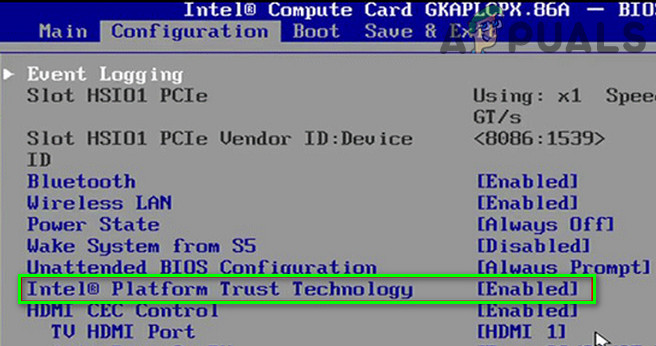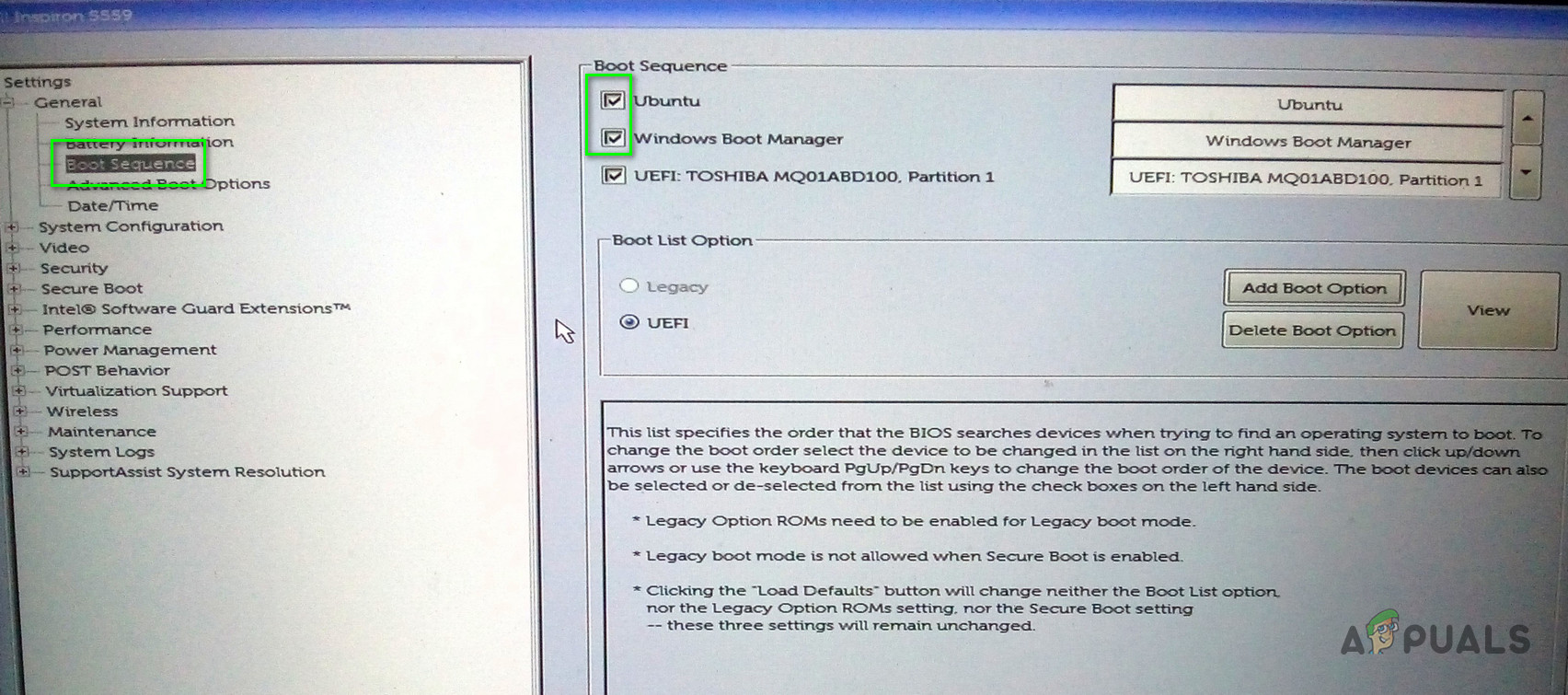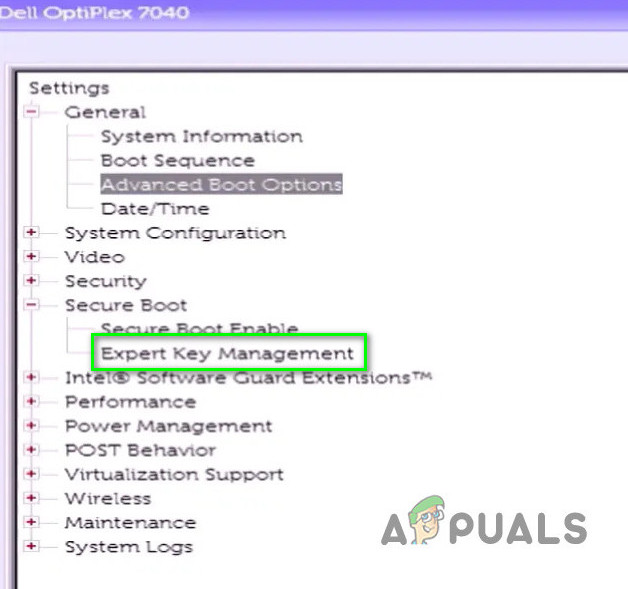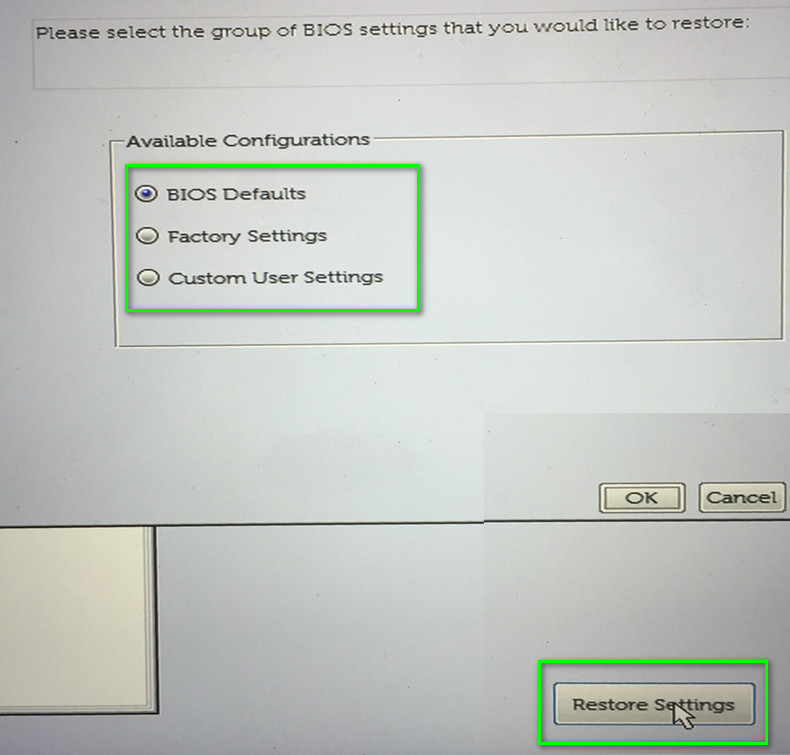The issue arises when the user powers on his system but the system asks for a BitLocker key (many of the affected users were unaware that BitLocker was active on their system/drive) to proceed. The issue is mainly triggered by a Windows/BIOS update or as a result of a change of a motherboard component (or the motherboard itself). For some of the users, the issue was limited to a single drive only. The issue is reported on (nearly) all the PC brands and is not limited to specific ones. Before moving one to try the solutions to bypass BitLocker, disconnect your system from the Internet and check the issue is not a result of a ransomware attack. Also, make sure your Microsoft account in the system’s Settings is verified (no button of Verify Your Identity is shown). Moreover, check if you can use the BitLocker Repair Tool to solve the issue. Last but not least, check if you can use the Control Panel in the Safe Mode of your system to disable BitLocker. Keep in mind that whenever (during the troubleshooting process) you succeed in logging-in to the system, either try to disable BitLocker or backup the recovery key to a safe location like your Microsoft Account.
Solution 1: Unplug the Power Cable (of Your System) or Remove the Battery (of the Laptop)
The BitLocker issue could be triggered due to any unwanted change in the system’s circuitry. In this case, unplugging the power cable or removing the battery (if using a laptop) may let the motherboard’s components completely discharge and thus solve the problem.
Solution 2: Use the Command Prompt
If you are one of those lucky users who could log in to the system and the issue is only limited to only one of the drives, you may find the BitLocker key using the Command Prompt and thus solve the problem.
Solution 3: Recover the BitLocker Key from the Online Backup Locations
If you do not have or cannot find the BitLocker recovery key in your system/USB devices or any of the printed papers, then you can use any of the undermentioned locations to recover your BitLocker key. But keep in mind that if the key is not in the undermentioned locations or the found key did not work, then check if you are or have used any other Microsoft (personal, work, school/university) account on the problematic system. If so, then use that account (you may have to try all the Microsoft accounts one by one, used on your system) to sign in to the undermentioned locations and check if there is a recovery key present. If so, then use that key to check if that resolves the BitLocker issue.
Use OneDrive Link
Use Microsoft Account Page
Use Office 365/Azure Active Directory
You may have to contact the IT administrator of your organization if the security protocols of your organization do not let you recover the key from the Azure directory. If your system is part of a domain network, then contact the network administrator for the BitLocker Recovery key (the key may have been backed up on the local server).
Solution 4: Edit the BIOS Settings
You may encounter the BitLocker issue if any of the system’s BIOS options are changed by the user or as a result of a BIOS update as it can create the environmental change (e.g. enabling/disabling the TPM feature) that is essential for the operation of the BitLocker. In this case, making the undermentioned BIOS changes may solve the problem. Warning: Move forward at your own risk as editing the system’s BIOS requires a particular level of proficiency and if not done correctly, you may brick your PC and cause undying harm to your data. Boot your system into BIOS and check if changing the following BIOS settings resolve the BitLocker issue. Keep in mind that the following instructions might not be the same for all users.
Enable/Disable the TPM Module
If TPM is already enabled, then check if disabling the TPM feature solves the problem.
Enable/Disable the Secure Boot Feature
Enable Platform Trust Technology (PTT)
Update the System’s BIOS to the Latest Build
Edit the Boot Sequence
Change the Boot Mode
Reset the Different BIOS Settings
If the issue is still there and you cannot find the BitLocker key, then either you may use a 3rd party data recovery agency to get your data back or reformat the drive/system and then perform the data recovery by using data recovery tools (but keep in mind that you may lose your data).
How to Fix Windows Asking for BitLocker Key to Sign-in?Fixed: No Matching Key Exchange Method Found[FIX] Unable to Turn on BitLocker for USB DrivesHow to Fix BitLocker Drive Encryption Error (0x8031004A)


